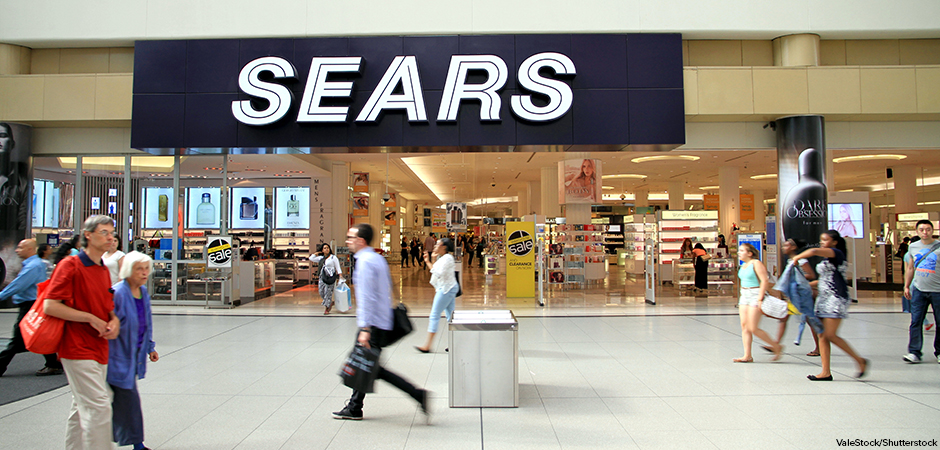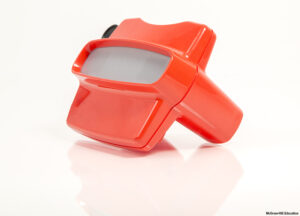
February is Black History Month: a time to remember, honor, and celebrate the many contributions of Black Americans. This week btw takes a closer look at Charles Harrison. Mr. Harrison spent his career as a designer for Sears, Roebuck & Company and was responsible for many of the common items we use every day–from trash cans to toys.
Who Was Charles Harrison?
Charles Alfred Harrison Jr. was born in Shreveport, Louisiana, on September 23, 1931. He was born at home because many hospitals in Louisiana did not admit African American patients at this time in U.S. history. His father taught at Prairie View A&M University–one of the Historically Black Colleges and Universities (HBCU). He was also a carpenter. The family later moved to Phoenix, Arizona, where Charles graduated high school in 1948. He was accepted into the School of the Art Institute of Chicago, but was drafted into the Army before he could finish. He eventually dropped out of school but struggled to find a job.
In 1961, he was hired by Sears, Roebuck & Company, which had a policy against hiring African American employees. But the hiring manager liked him enough to overlook that restriction. Charles Harrison went on to have an exceptional career at Sears. In fact, Harrison eventually became the company’s first African American executive and left his mark on nearly every household in the United States.
A Household Legacy
Harrison was not an inventor, but an industrial designer. He took ordinary, everyday items and found ways to make them easier for consumers to use and more affordable for companies to produce. He designed more than 750 products for Sears–including the riding lawn mower, the cordless shaver, hair dryers, kitchen appliances, and lightweight plastic sewing machines.

But perhaps his most famous product was the View-Master: a plastic toy that made photos look 3-D. The original version was introduced at the 1939 World’s Fair, but in 1958 Harrison recreated it to be smaller, lighter, and simple enough for a child to use. It remained a popular children’s toy with Harrison’s design for nearly four decades. (The twenty-first century View-Master uses apps and virtual reality but retains the same basic concept.)
Another important product of Harrison’s that you probably use every day is the plastic trash bin. Up until the 1960s, trash cans were round and made of galvanized steel. But Harrison designed a lightweight plastic one, made it square instead of round, and even put it on wheels. So, the next time you take the trash out without having to drag a heavy metal bin to the curb, you can thank Mr. Harrison!
Lifelong Achievements
Charles Harrison also had to overcome dyslexia, a disability that makes reading challenging. This was part of the reason why it was so important to him to keep his products simple. He wanted everything to be easy enough for anyone to use without needing to read instructions.
Harrison was eventually promoted to chief product designer for Sears. After his retirement in 1993, he continued to give back to his community by teaching and mentoring students of color. He also received the Cooper Hewitt Design Museum’s National Design Award for lifetime achievement in 2008. A year later, he was awarded an honorary doctorate from the School of the Art Institute of Chicago.
Harrison died of a bacterial infection on November 29, 2024, at his home in Santa Clarita, California. He was 87. He is survived by his son, Charles, and two grandsons.
